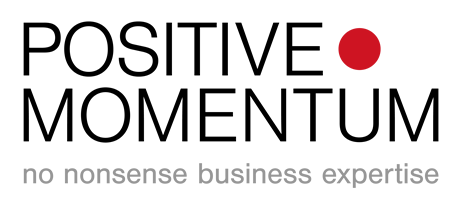There’s no point in having reams of data if it doesn’t help you to make timely, informed business decisions.
I’ve had a few conversations with medium-sized businesses around this recently. It made me think about the best way to ensure that your company has a data strategy that fits your needs. To truly be customer-centric, you need to truly understand your customers, which sounds obvious, but achieving this is easier said than done. I know from personal experience the difficulties leaders can face in trying to get information on customers’ behaviour when it’s not part of the existing data suite.
Organisations I have worked in have plenty of data; however, getting to the key facts and trends when you need them is a different matter. As one example, my team and I needed to make informed decisions to develop or sunset products, often with multi-million-pound revenues. I knew my P&L; however, understanding how a particular product was performing with customers from different demographics and markets was challenging due to the lack of non-financial KPIs and customer activity data. To address this, I led an initiative called VBIG (so named because it was a very big problem? I forget, probably a pun on Power BI) to start the transition from finance-delivered static content to business-led self-serve data.
It all comes down to driving value by better responding to your customers’ needs. All their interactions generate comprehensive consumer insight unique to your business, whether captured through systems or talking to customers directly. Add in some external data and use machine learning to process large amounts of data quickly, and you can drive innovation by creating personas and personalising offerings to your customers’ actual needs more effectively than before.
If this is something on your to-do list, I have a few suggestions on how to tackle your data strategy from a fresh perspective:
Identify Your Why
- Your data strategy should change as your business does, so look first at your strategic plans and find the priority areas. These will differ based on business type; a subscriptions/membership business will need to focus on different information to a product sales business. For most companies, these will include better-understanding customers to make product decisions, optimising sales and improving customer contact and marketing strategies. These are important, but you are unlikely to address them all at once, so prioritise what is most important to your business and solve those first. It helps at this point to define the top 5 non-financial KPIs that you need.
- Leaders will use data in different ways, and you need to design something that works for them, so talk to your stakeholders to get insight into the problems they face and let this drive your next steps. It must be user friendly; the goal is easy to understand reporting with charts and visual trends available at the touch of a button, based on data that is fit for purpose. The days of relying on excel sheets should be behind us.
Scope and Design
- Understanding the current state is always a good place to start, but be wary of simply asking people if they want to continue getting the reports you’ve identified; it’s all too easy to say yes, just in case. Instead, try adding a password to the doc and see if anyone asks for it.
- More interesting is to plot your ideal state with your data priorities at the top and then map data-driven journeys. Then, review these against the current state audit, find gaps and design process fixes. Agree on data sources and definitions to stop the common frustration of different reports giving different answers.
- Harness the technology available. Ideally, you’ll set up a centralised data access system with cloud-based analytics and work with your tech team to ensure feasibility. Next, identify if you need to hire a data analyst who can pinpoint and interpret trends that are not obvious. Great analysts are extremely valuable and in high demand in the current marketplace.
Embed, Expand and Monitor
- Start implementing the first phase using effective business project management, ensuring stakeholders are clear on what is happening and why; embedding any change is helped by the teams sharing a collective purpose.
- Check-in frequently and assess what is working and where help is needed. If you are lucky enough to have an L&D team ask them to train these new ways of working into your business.
- Now that you have momentum approve the next priorities for roll-out; having a successful first phase puts you in good stead for expansion.








